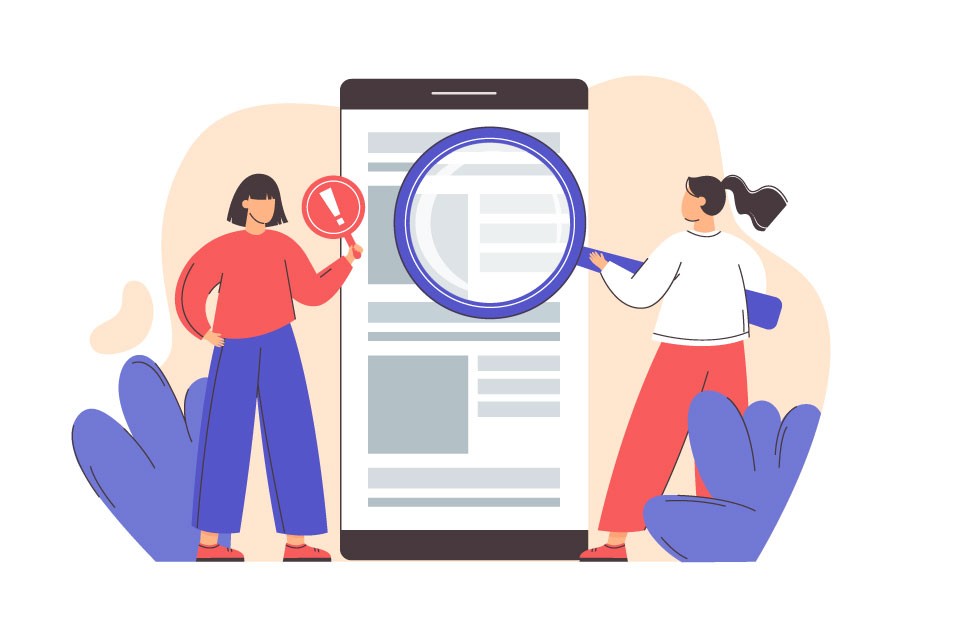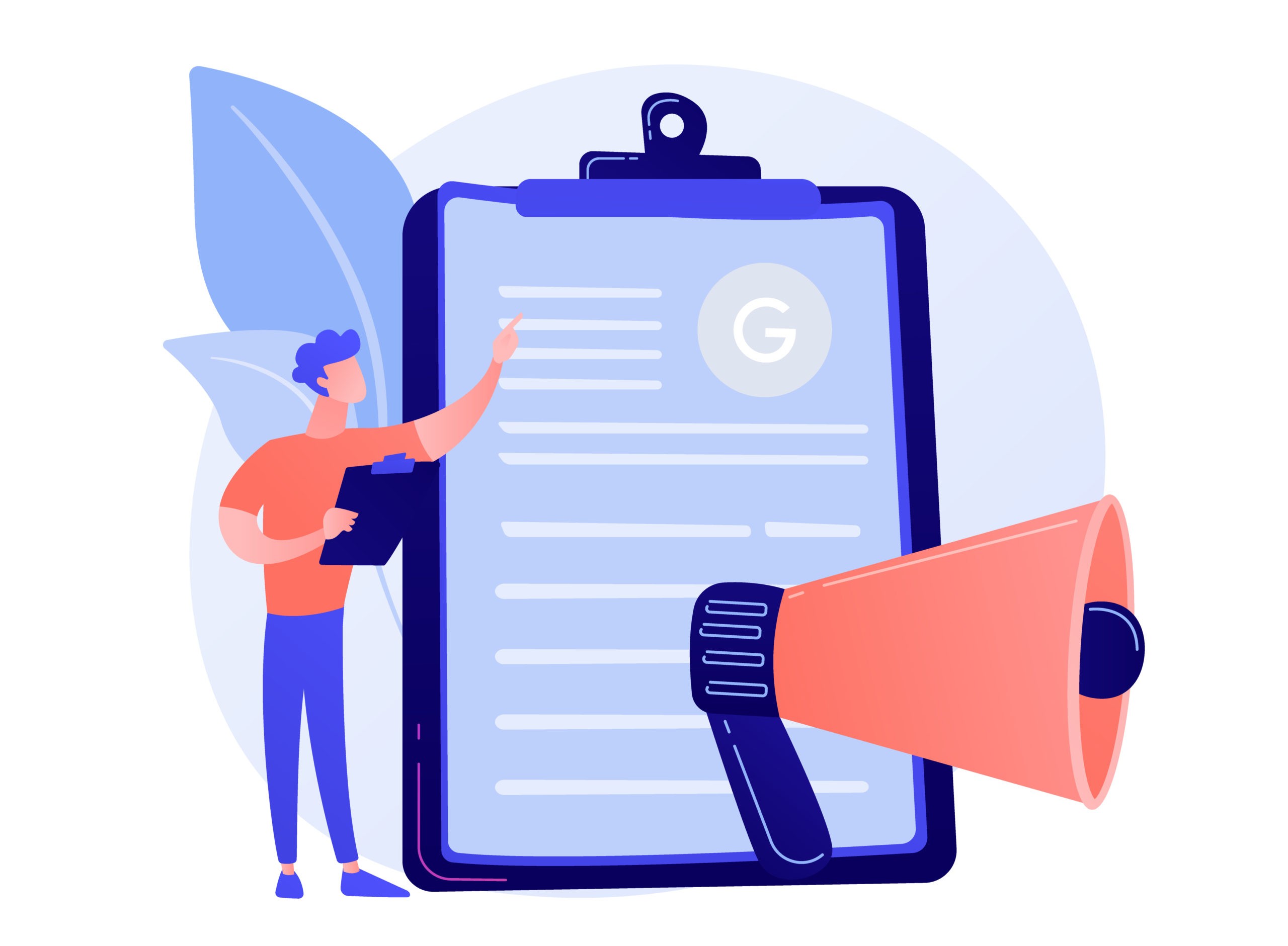Machine learning and AI technology are almost the same. Everyone likes to say that we use it because it is a necessary part of the technology of the 21st Century. Is it truly?
Since my husband is a software developer when I see a product with the fancy slogan: “We use AI learning as part of our process” I am always a little bit skeptical. My skepticism stems from the knowledge that most of those tools work with a well-written algorithm. But it sounds so catchy if we call it machine learning, doesn’t it?
Don’t get me wrong, I am not saying that no systems are using AI. But there are certainly far fewer systems using AI than we are led to believe.
Today we are going to take a closer look at one software that claims to use some machine learning in their process.
Let me introduce today’s click fraud protection tool: PPC Protect!
They protect against:
- Competitors
- Hackers
- Non-converting users
- Botnets
- Disgruntled customers
- Malicious publishers
This all sounds promising but let’s see how it works!
Their software uses advanced AI to monitor ads in real-time. (Sounds interesting, right?)
With the click monitoring process, the software collects and analyzes data to decide if each click is fraudulent or legit.
This summary made me dig deeper into the process to see how it works step by step.
Luckily, I don’t have to spend too much time figuring it out because they discuss the details on their website. Let’s take a look, shall we?
Step #1: The click passes through the monitoring funnel–they say in a blink of an eye.
While the click passes through, they’re collecting data such as IP address, device ID, resolution, user agent/browser type, location, and more.
Step #2: Analyze the data in real-time with their existing database.
The database contains all the collected data from every click that goes through the monitoring funnel.
They also say that with machine learning their software can identify the new fraudulent activities.
Step #3: If the click is identified as a fraudulent activity it gets blacklisted and the user does not see the ad anymore. Also, they’ll rank the threat level of the click with their “Click Threat Level” detection.
Besides that, they don’t need access to the user’s PPC account because they upload the blacklisted click via a secure & audited API connection.
Furthermore, the “Click Threat Level” detection system can prioritize the threats of the clicks. This means that the Google Ads 500 IP limit on the blacklist is not an issue anymore.
All sounds great, right? Now let’s see the pricing structure!
The user can create an account for free, plus each subscription plan has a 14-day free trial.
They have three kinds of subscription plans. Each plans’ price depends on the spend on the Ad campaigns.
This is a brilliant structure for a tool that is protecting even big-spending Google AdWords campaigns.
Here are the subscription prices in detail:
- Essential plan: It protects up to £7,500 / month and costs £49/month.
- Growth plan: It protects up to £15,000 / month and costs £99/month.
- Premium plan: It protects up to £30,000 / month and costs £180/month.
They also have unique pricing for campaigns with more than £30,000 / month spending.


All things considered, this tool seems kind of cool and handy. With the 14 days free trial you can even set up a Google Display campaign to try it out and see if it meets your expectations. This sounds like a great opportunity.
The pricing is affordable, especially if we know that 20% of Ad clicks are fraud. I also mentioned that fact in my earlier review piece about the ClickCease tool.
Let’s give it a shot and see whether machine learning truly is the future of Programmatic Advertising as it is in so many other industries.
I guess it is :)
If you guys have any experiences with PPC Protect send us a message! We always love to hear your stories! <3






